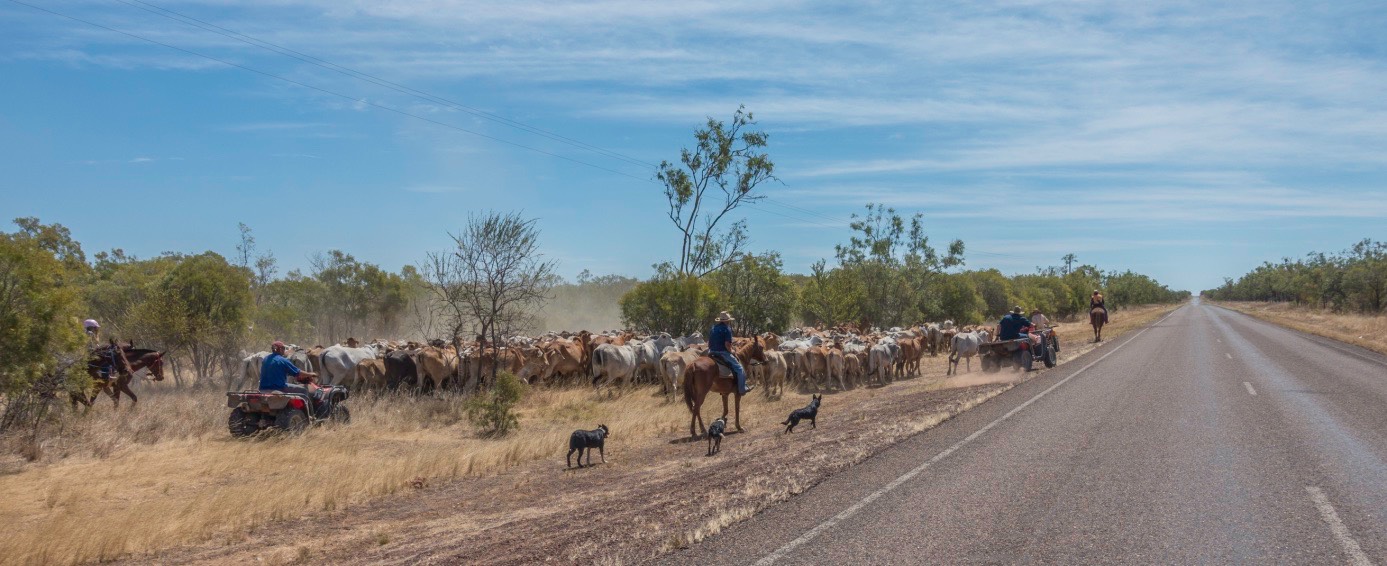 After skirting by Einasleigh River’s Copperfield Gorge and visiting Georgetown's amazing 15 room mineral and fossil collection we hit the Savannah Way again in direction Gulf. The termite hills which continue throughout Inland Australia, I learned, are just like icebergs. Two thirds are below ground, thus aerating the soil and helping rainwater trickle through the otherwise sun hardened soil. Even the destructive eating habits of the termites have a part to play in the circle of life.
After skirting by Einasleigh River’s Copperfield Gorge and visiting Georgetown's amazing 15 room mineral and fossil collection we hit the Savannah Way again in direction Gulf. The termite hills which continue throughout Inland Australia, I learned, are just like icebergs. Two thirds are below ground, thus aerating the soil and helping rainwater trickle through the otherwise sun hardened soil. Even the destructive eating habits of the termites have a part to play in the circle of life. 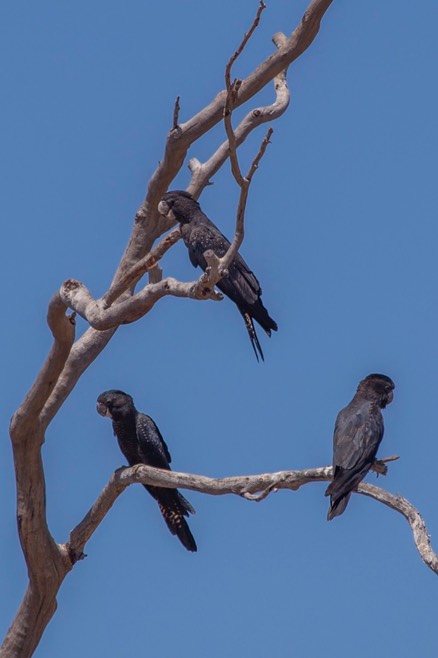 As they hollow out trees which eventually die they actually provide habitats for cockatoos and small mammals living in those trunks. I bet, they also chiseled out many a didgeridoo!
As they hollow out trees which eventually die they actually provide habitats for cockatoos and small mammals living in those trunks. I bet, they also chiseled out many a didgeridoo!
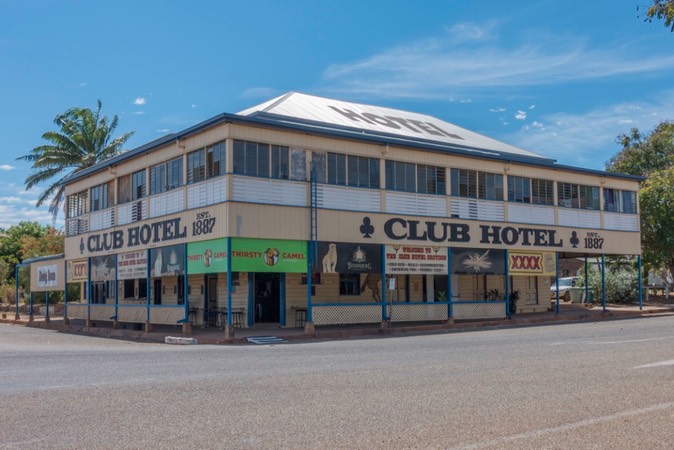
We stopped in Croydon, a once very affluent gold rush town. The hotel dates back to 1887 and proudly advertises having a 3-star cook! Well, I am not sure that the fish and chips were any different from the usual, but they were served by a French backpacker!
We didn’t know what to think about the old “Bank of New South Wales" building with outdoor safe, although I was fairly certain that people do not “deposit” any money there now!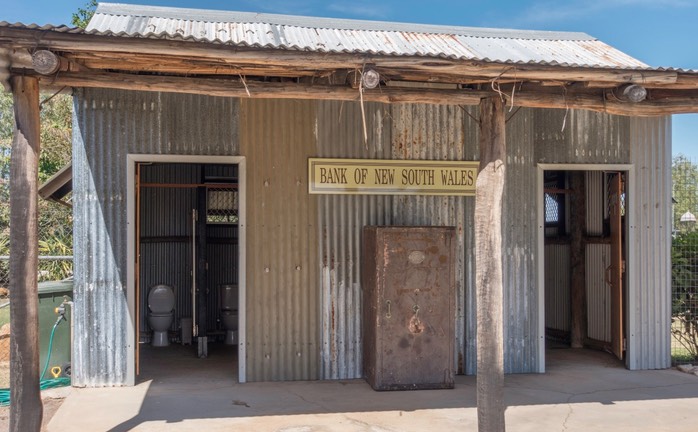
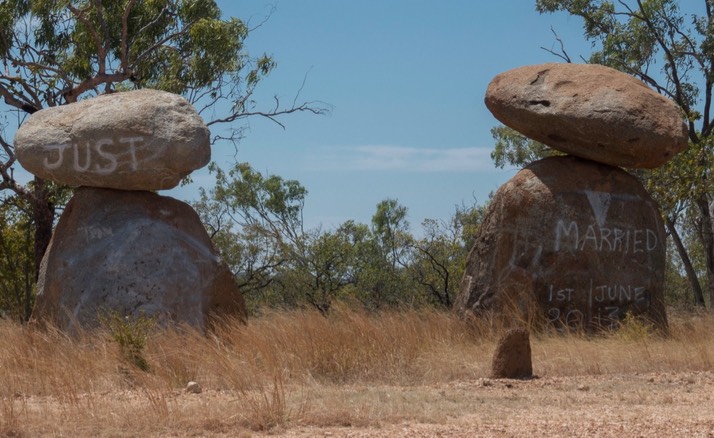
And a bit more of Aussie humour on the side of the road: “ Just Married”!
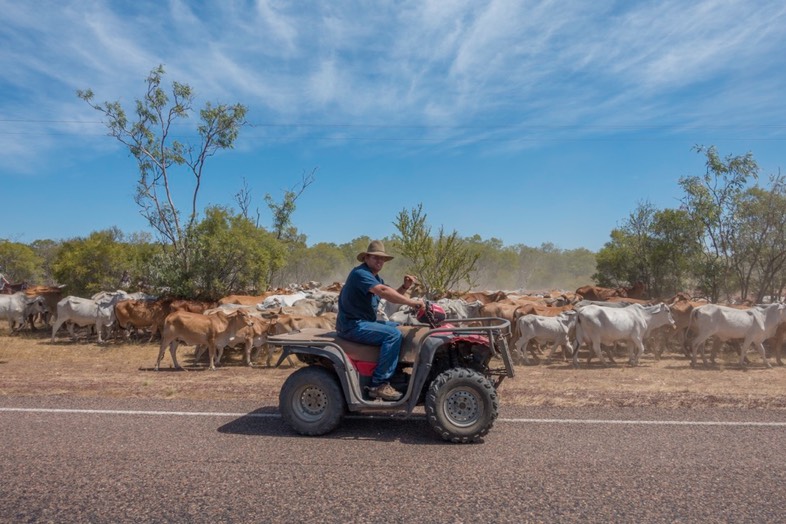
The road from here was definitely an improvement to the earlier Savannah Way. There were two lanes, one for each direction and straight edged bitumen. 
However, we experienced some obstacles of a different kind.
If there weren’t wallabies hoping or emus strutting across, there were cows, wild horses, snakes or lizards. Luckily we evaded all creatures, including drovers and their dogs.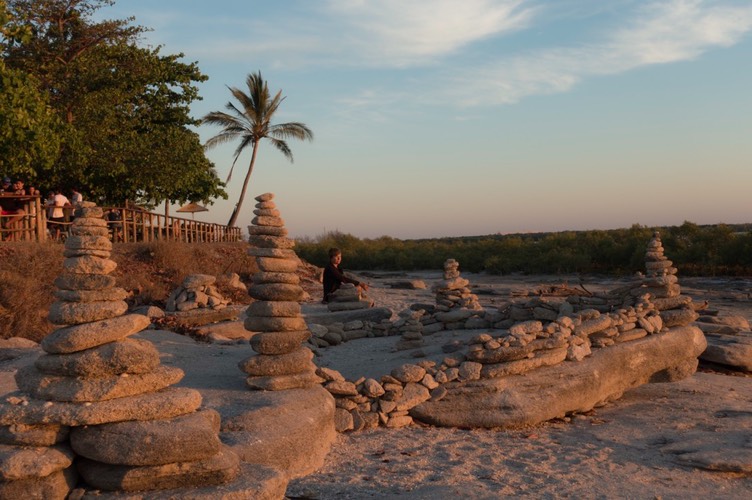
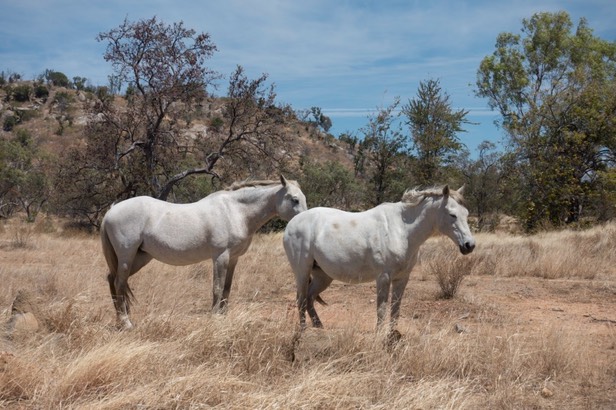
We finally made it to the Southern Gulf and the Fishing town of Karumba - just in time to watch the sunset and the rugby league quarter final between the North Queensland Cowboys and the Cronulla Sharks. When the cowboys won in extra time, the serenity of the sunset was lost!
Later, sitting in front of the caravan reminiscing about the day, we experienced a cricket invasion of almost biblical proportion!
Attracted by the light they jumped against the van and car as if wanting to knock themselves out. Unless..they were Cronulla Sharks or Sea eagles supporters?!
(Jaribu, or black-necked storch)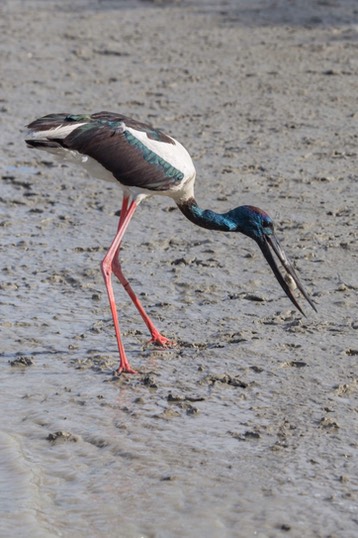
Being in the barramundi capital of the gulf we had a look at the Barramundi Discovery Centre.
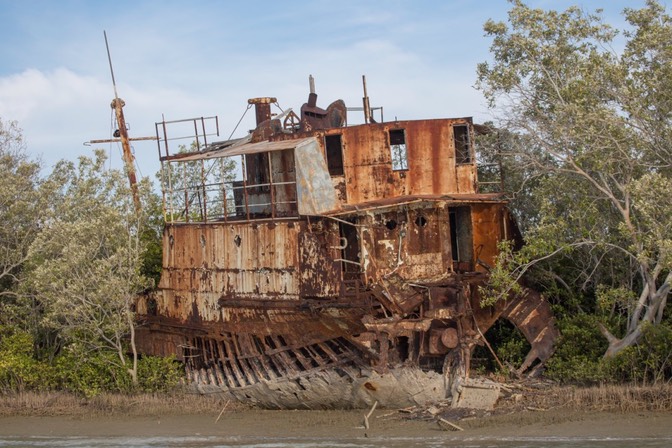
At one point, when the dirt roads leading to the Gulf were transformed into sealed bitumen roads, an ever growing influx of hobby/sport fishers threatened the sustainability of the barramundi. That’s when the professional fishermen of Karumba got together and studying the life cycle of the barramundi developed a barramundi hatchery. The barramundi, whose name comes from one of the aboriginal languages meaning “Big Scale”, starts it’s life as a male. As “teenagers”, in a yet unexplained way, the majority of barras realise the error of their ways and have a sex change. So now an army of female barramundis make their way to the salt water estuaries where at the exact time of the 30 minute lull within the first king tide in October the spawn is released and fertilised. The baby barras, called “fingerlings”(is that where “fish fingers” comes from?), are not as cute as you might assume. These young males take their boyish grapple to extremes, killing each other off. 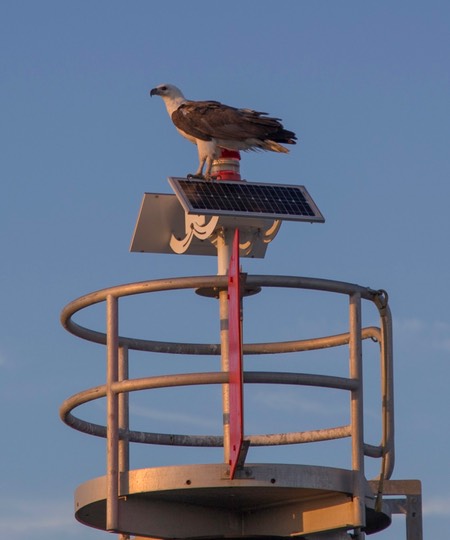 In the wild only 1% of them survive, while in the hatchery through controlled environment and separation of fingerlings by sizes, the survival rate is increased to 30%. Once grown to an appropriate size the fingerlings are released into river and dam systems flowing into the Southern Gulf, and eventually make their way back to the salt water for the breeding season.
In the wild only 1% of them survive, while in the hatchery through controlled environment and separation of fingerlings by sizes, the survival rate is increased to 30%. Once grown to an appropriate size the fingerlings are released into river and dam systems flowing into the Southern Gulf, and eventually make their way back to the salt water for the breeding season.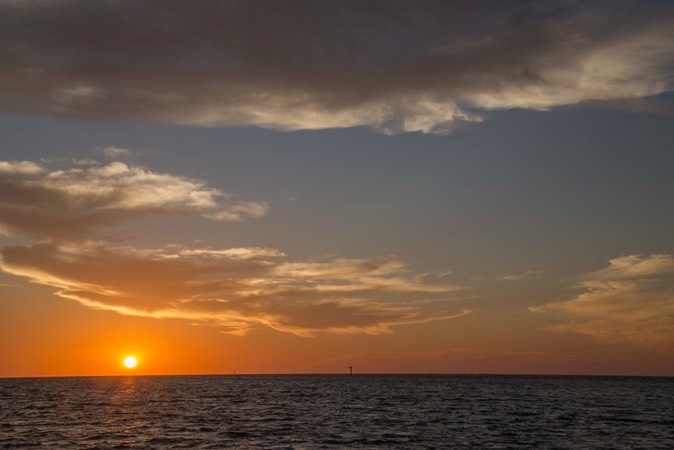
Well, the whole experience made us hungry and so we went for lunch to Asha’s Cafe for some local barramundi and king salmon.
We topped the day off with a sunset cruise, taking us out into the gulf, while sipping wine and eating local tiger prawns.
As Austin always says: It’s a hard life, but someone has to do it!